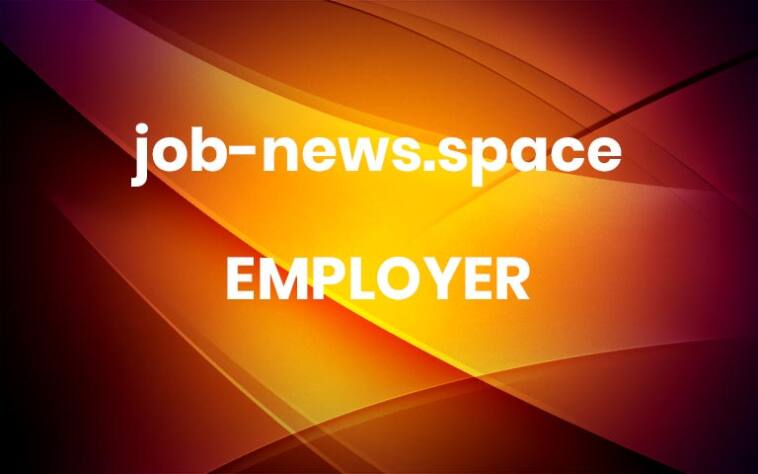Elevating Your Employer Brand: A Deep Dive with CBRE
As the world’s largest commercial real estate firm, CBRE understands the power of a strong employer brand. But how does a B2B company like CBRE stand out in a crowded talent market and attract top talent beyond the real estate industry?
To shed light on this, we interviewed Debbie Celado, CBRE’s Global Head of Talent Marketing. Celado, a seasoned expert in employer branding, has successfully navigated the challenges of building and maintaining a strong employer brand at both Citizens Bank and CBRE.
The Unique Challenges of a B2B Employer Brand
CBRE’s business is multifaceted, encompassing outsourcing services, real estate leasing and sales, and workplace consulting. While this diversity offers numerous opportunities, it also presents unique challenges when it comes to employer branding.
As Celado explains, “We are a B2B so our people are everything. They are the services we offer, they deliver those services for our clients, so they are our brand.” This means that attracting and retaining top talent is crucial to CBRE’s success.
One of the biggest challenges is increasing awareness among individuals outside the real estate industry. For roles in engineering, technology, and corporate functions, CBRE needs to cut through the noise and position itself as an attractive employer.
Setting Clear Goals and Measuring Impact
To address these challenges, CBRE has established three key goals for its employer brand strategy:
Increase External Brand Awareness: This involves raising awareness of CBRE as an employer among potential candidates, particularly those outside the real estate industry.
Improve 1st-Year Retention Rate: By focusing on employee experience and engagement, CBRE aims to retain top talent and reduce turnover.
Increase Employee Engagement Scores: A strong employer brand is directly linked to employee engagement, so CBRE seeks to boost overall employee satisfaction.
To measure the impact of their employer brand initiatives, CBRE leverages the Employer Brand Index (EBI) from Link Humans. The EBI provides valuable insights into CBRE’s brand reputation and employee sentiment. By tracking key metrics like brand awareness, employee engagement, and retention rates, CBRE can assess the effectiveness of its strategies and make data-driven decisions.
The Importance of Data-Driven Decision Making
Celado emphasizes the importance of data-driven decision making in employer branding. By analyzing metrics like impressions, site traffic, and sign-ups, CBRE can evaluate the performance of its marketing campaigns and identify areas for improvement.
Additionally, understanding the cost of vacancies can help quantify the ROI of employer branding initiatives. By demonstrating the financial benefits of a strong employer brand, Celado can effectively communicate the value of her team’s work to leadership.
Communicating the Impact of Employer Branding to Leadership
To gain buy-in from leadership, Celado focuses on telling a compelling story with data. Instead of simply presenting raw data, she highlights the impact of employer branding on key business outcomes, such as increased talent acquisition, improved employee retention, and enhanced brand reputation.
By translating complex data into actionable insights, Celado empowers leaders to make informed decisions and invest in employer branding as a strategic priority.
Key Takeaways
People are Your Brand: In a B2B context, employees are the face of the company.
Set Clear Goals: Define specific, measurable, achievable, relevant, and time-bound (SMART) goals for your employer brand strategy.
Leverage Data: Use data to measure the impact of your initiatives and make data-driven decisions.
Communicate Effectively: Tell a compelling story with data to gain buy-in from leadership.
Focus on Employee Experience: A positive employee experience is essential for building a strong employer brand.
By following these principles, CBRE has successfully elevated its employer brand and attracted top talent from a diverse range of industries. By understanding the unique challenges of a B2B company and leveraging data-driven insights, you can also build a powerful employer brand that drives business success.
Share this post: More



